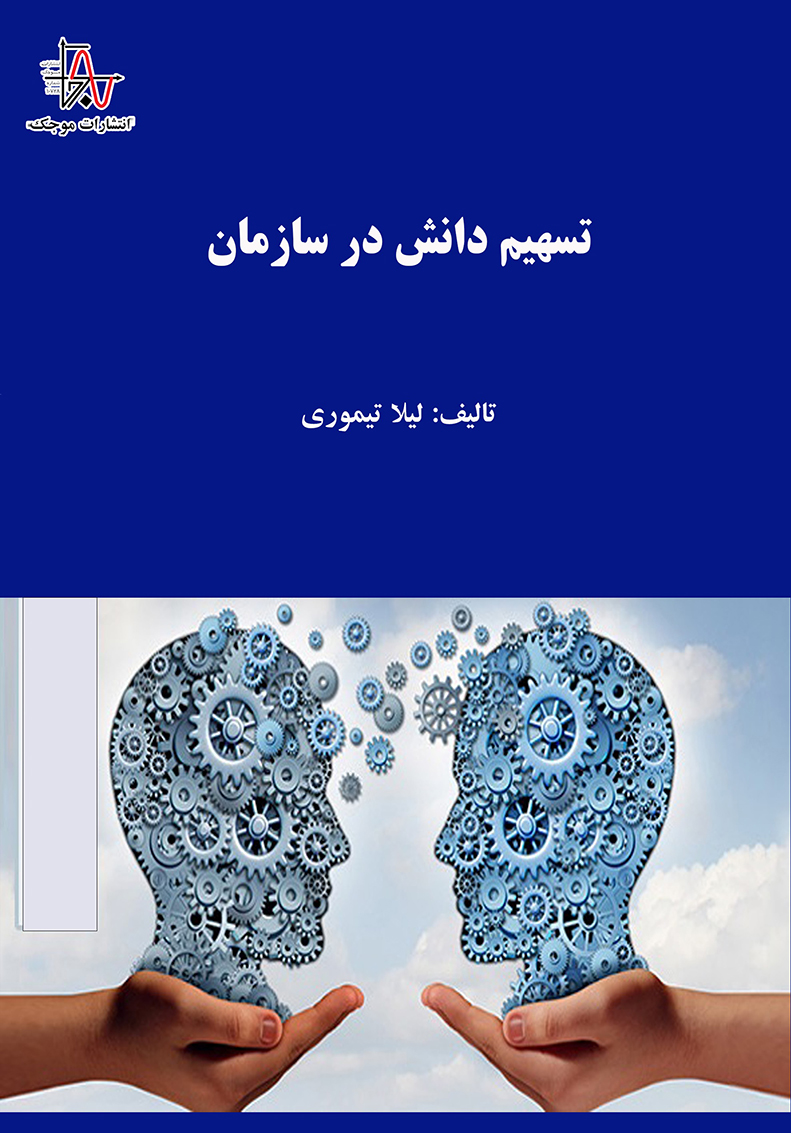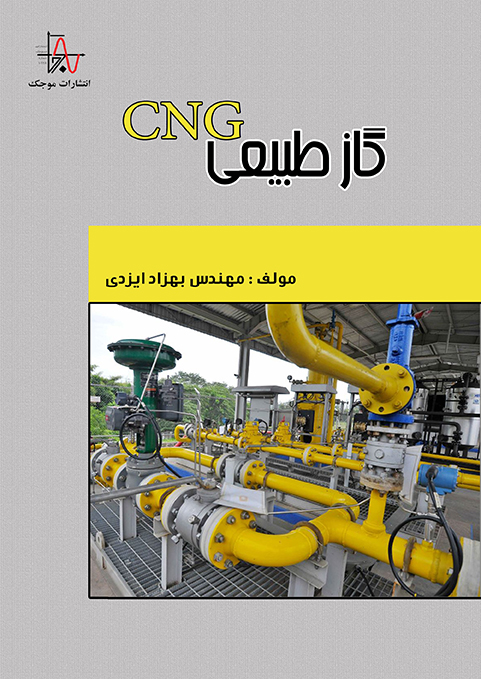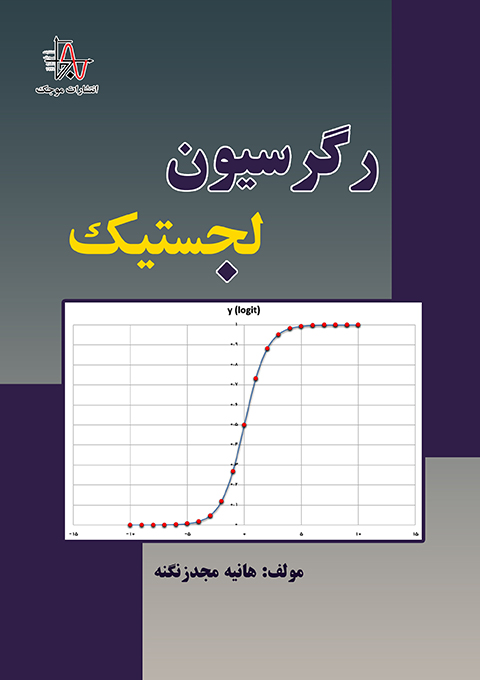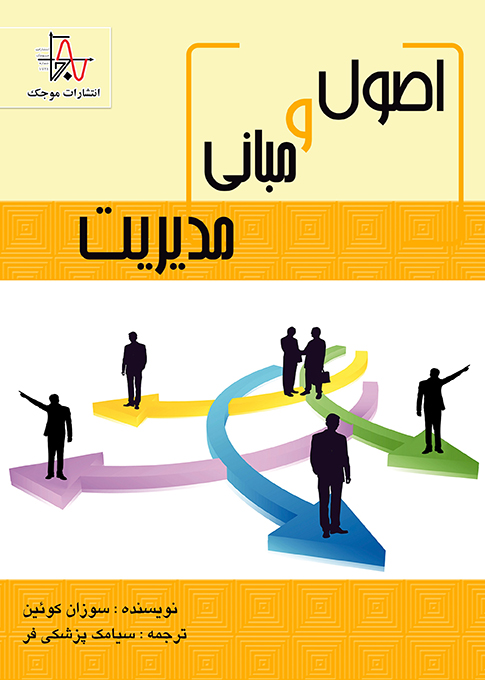ناشر : انتشارات موجک (ناشر دانشگاهی)
کد کتاب : M916
عنوان : تسهیم دانش در سازمان
تالیف : لیلا تیموری
مشخصات ظاهری : ۹۳ صفحه، قطع وزیری
چاپ اول : تابستان ۱۴۰۲، تيراژ : ۵۰۰ جلد
قيمت : ۱۷۵۰۰۰۰ ريال، شابک : ۰-۵۸۷-۹۹۴-۶۰۰-۹۷۸
حقوق چاپ و نشر برای ناشر محفوظ است.
————————————————————————————————————————————————————————————————————————–
Publisher: Mojak Publication (academic publisher)
Book code: M916
Title: Knowledge sharing in the organization
Written by: Leila Timuri
Appearance specifications: 93 pages, ministerial cut
First edition: summer 1402, circulation: 500 volumes
Price: 1,750,000 riyals, Shabak: 978-600-994-587-0
Copyright is reserved for the publisher.






نقد و بررسیها
هیچ دیدگاهی برای این محصول نوشته نشده است.